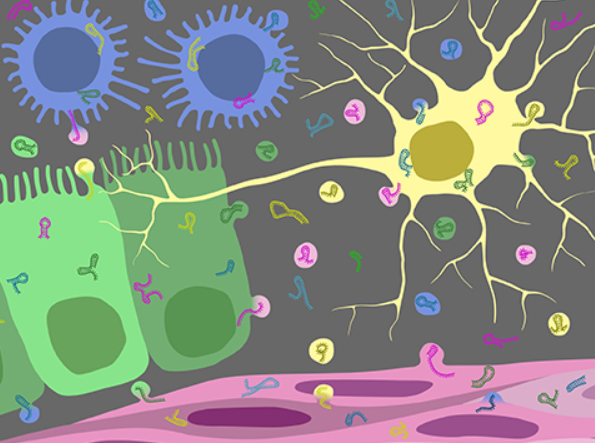HDL, a lipid and protein particle, transports cholesterol from the blood to the liver for breakdown and elimination. HDL removes cholesterol, which is considered good cholesterol.
Researchers have had to separate RNA from cells or carriers and use quantitative polymerase chain reaction to study RNA transfer to lipoprotein carriers.
This is time-consuming and yields little. Many processing stages increase sample loss and may selectively separate RNA types, hampering our knowledge of HDL-facilitated extracellular RNA transport.
Kasey C. Vickers and his team at Vanderbilt University Medical Center used SYTO RNASelect, a dye that identifies RNA, to quantify RNA in lipoprotein carriers.

HDLs transport more than cholesterol They carry blood-borne RNAs.
The dye penetrates lipids and fluoresces when coupled to RNA. SYTO RNASelect lets researchers study RNAs in their natural state without isolating or disrupting the lipid carrier.
Instead of selecting a few potential RNAs based on past information, the SYTO dye lets researchers view the complete flow of extracellular RNAs. Vickers said, “That’s a key advance in the field, as it has allowed us to make observations we previously couldn’t see.
This team and others have found that macrophages, immune cells, release RNAs that ride on HDLs. The reverse flow—HDLs delivering RNA to macrophages—has not been seen before. The scientists initially observed HDL-to-macrophage RNA transfer using SYTO RNASelect dye.
The dye revealed how illness alters extracellular RNA flow. HDL from FH patients can receive more RNA from macrophages than HDL from healthy people. Researchers don’t know why FH-derived HDLs load more RNA.
Vickers said they are currently using tagged lipoproteins in animal models of atherosclerosis.
RNA-based medicines may use this technology. A doctor might identify nanoparticles carrying an RNA medication to track its movement and renal clearance.
Vickers expects scientists will use this reagent on microvesicles and exosomes, extracellular RNA carriers.
He added the study of extracellular RNAs’ major challenge is that circulating RNA levels are too low to affect cellular function. “But what we’re seeing with this reagent is that there’s a huge discrepancy between naturally circulating RNA and what we observe by isolating RNA.”

